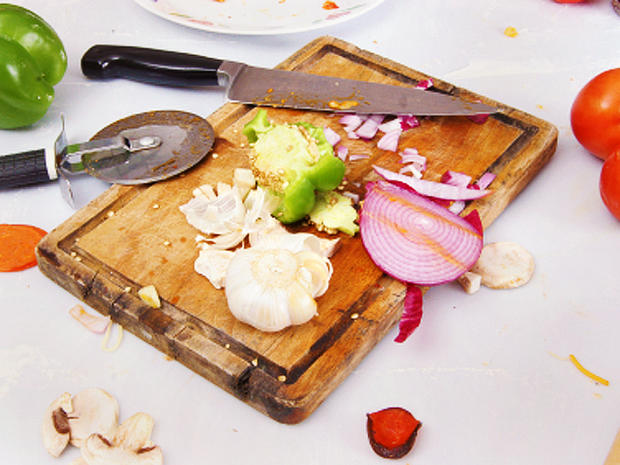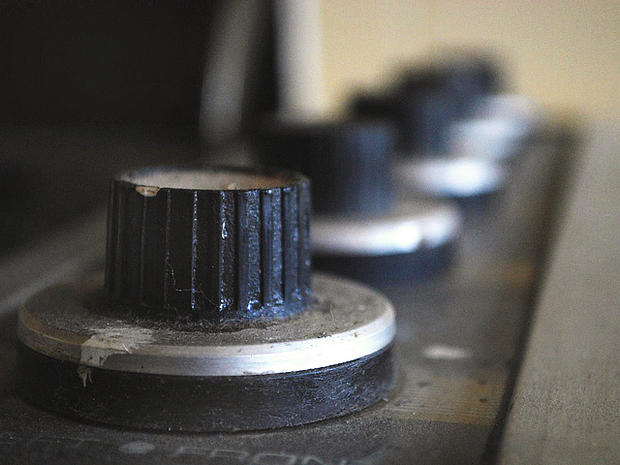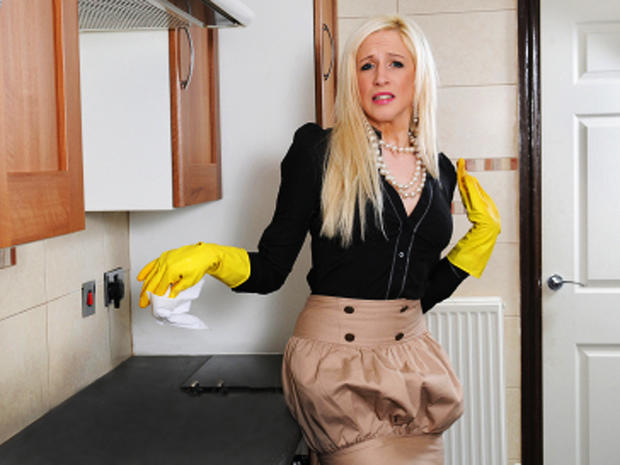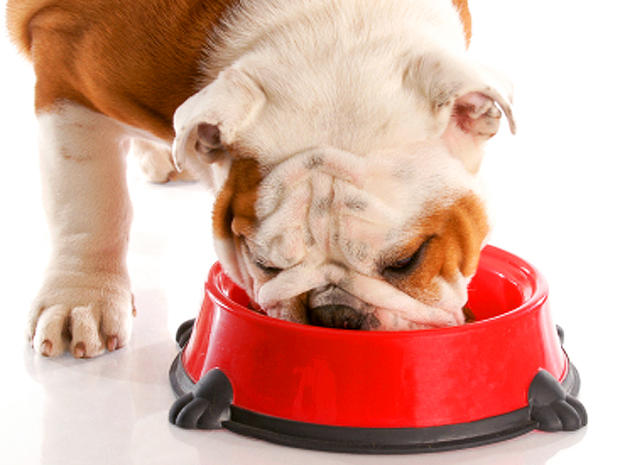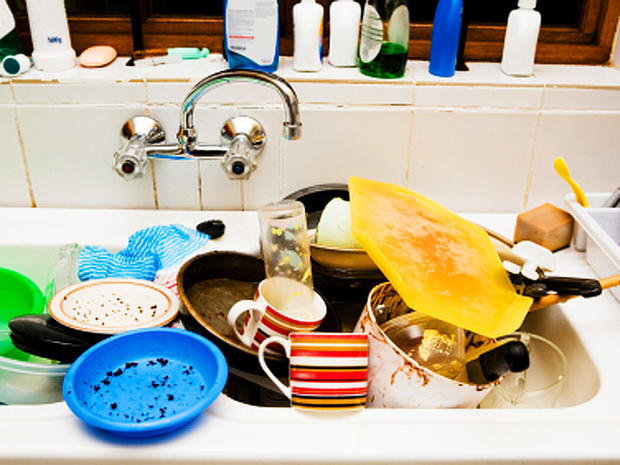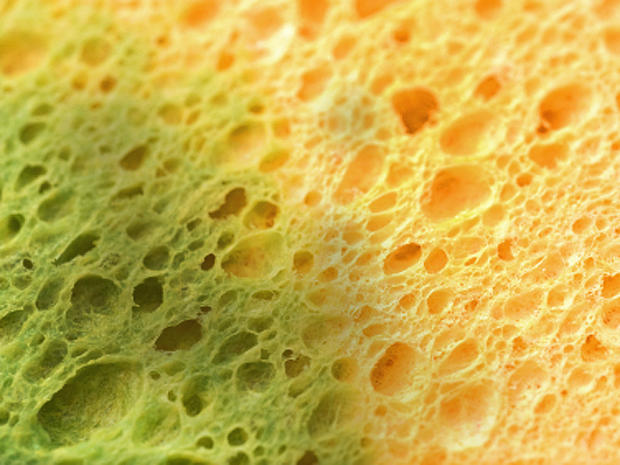Yuck! Top 10 germiest spots in your home
Disease-causing germs seem to be all over the place. What's the germiest spot in your house? Did you guess toilet seat? Guess again. Toilet seats don't even make it into the top 10, according to new research from NSF International. Scientists swabbed 30 surfaces in 22 homes - 660 tests in all - to gauge levels of yeast, mold, coliform bacteria (including salmonella and E. coli) and staph germs like those that can cause dangerous MRSA infections.
Without further ado, here are the top 10 germiest household items - determined by average germ counts found on each item - along with some surprising tips for keeping household bacteria under control...
10. Cutting boards
Cutting boards kick off the top 10 countdown, with the study showing that 18 percent harbor potentially dangerous coliform bacteria and 14 percent contain molds and yeasts.
Cleaning tip: After every use, place boards in the dishwasher or hand-wash with hot soapy water.
9. Stove knobs
Fourteen percent of knobs had coliform bacteria, while 27 percent harbored molds and yeasts.
Cleaning tip: Once a week, remove the knobs and wash in hot, soapy water.
8. Kitchen counters
Counters contaminated? Count on it. In the study, 32 percent of countertops harbored coliform bacteria, while 18 percent were found to have molds.
Cleaning tip: Rinse countertops with a dilute bleach/water solution after preparing food (unless your countertop requires special care).
7. Pet toys
Twenty-three percent of pet toys were found to harbor potentially dangerous staph bacteria - the highest staph percentage of any household item studied. Yeasts and molds infested 55 percent of pet toys, and 14 percent also harbored coliform bacteria.
And we continue to let dogs lick our faces?
Cleaning tip: Scrub hard pet toys with soap, water, and a mild bleach solution. Soft toys? Chuck them in the washer.
6. Faucet handles
You know how you can't wash your hands before turning on the sink? No wonder coliform bacteria were found on nine percent of bathroom faucet handles. Not to mention that 27 percent had molds and five percent carried staph.
Cleaning tip: Clean faucet handles daily with disinfectant wipes or spray.
5. Coffee makers
Dark and damp, the reservoirs of coffee makers are perfect breeding grounds for microorganisms. Fifty percent of reservoirs swabbed for the study had mold and yeast, and nine percent had coliform bacteria.
Cleaning tip: Read the instruction manual. One good cleaning technique is to add four cups of vinegar to the reservoir, let it sit for 30 minutes, and then brew that vinegar. Then run two or three cycles of fresh water through the coffeemaker until the smell is gone.
4. Pet bowls
Rover's bowl ranked #4 on the list, with 45 percent of bowls in the study harboring mold and yeast, and 18 percent containing coliform bacteria.
Cleaning tip: Put bowls in the dishwasher. To hand-wash, use a dilute bleach solution (about one cap in a gallon of water), and rinse carefully with clean water.
3. Toothbrush holders
The high bacteria levels in toothbrush holders (27 percent had coliform, 14 percent had staph) are likely because toothbrush holders tend to be so close to the toilet -one flush can unleash fecal-containing aerosols. And who ever thinks to clean the holder? No wonder 64 percent harbored mold and yeast.
Cleaning tip: Toss the toothbrush holder in the dishwasher if safe, or wash with hot soapy water twice a week.
2. Kitchen sinks
Coming in at number two on the list is the kitchen sink. In the study, 45 percent of sinks tested positive for coliform bacteria, while 27 percent contained molds.
Cleaning tip: Clean the sides and bottom of the sink twice a week. Once a month, pour a solution of one teaspoon bleach per one quart of water down the drain. Don't forget to wash the sink strainer.
1. Dish sponges/rags
Drum roll, please. The germiest item in your household is - ironically - the item used to keep things clean. That's right, sponges and dish rags. In the study, 77 percent harbored coliform bacteria, and another 86 percent contained yeast and mold. Even scarier, 18 percent contained staph bacteria.
Cleaning tip: Microwave wet sponges once a day for two minutes, and replace at least once every two weeks. If you use a rag, toss it in a hot washing cycle every day or two.

